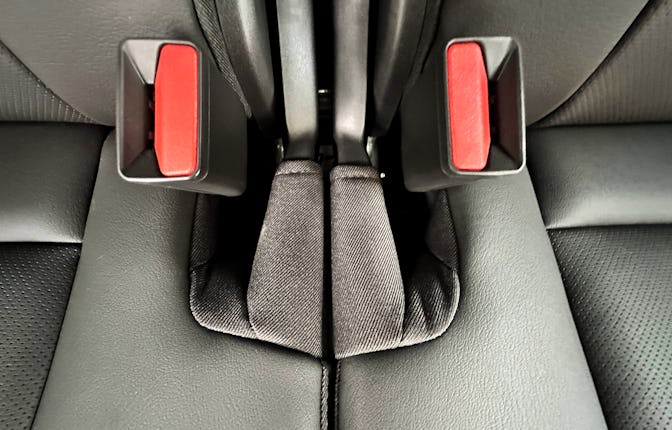How The New Rear Seat Belt Alert Rule Will Impact Drivers
National Highway Traffic Safety Administration’s upcoming rear seat belt alert rule will change the game for drivers and riders.

The National Highway Traffic Safety Administration just announced that all new passenger vehicles sold in the United States will be required to have rear seat belt reminder systems by September 2027. This rule aims to combat the rising number of traffic crash deaths and injuries, which have been a growing concern in recent years.
Starting September 2027, every new car, truck, and multipurpose vehicle sold within U.S. borders must feature these rear seat belt warnings. The National Highway Traffic Safety Administration (NHTSA) estimates that this regulation could prevent around 500 injuries and save approximately 50 lives each year once fully implemented.
One of the key features of this new requirement is that vehicles will need to provide visual warnings upon startup. This means that as soon as you turn on your ignition, you’ll be greeted with a reminder about the status of your rear seat belts. The visual alert must last at least 60 seconds, giving drivers ample time to ensure all passengers are buckled up before hitting the road.
What Drivers Will Experience
In addition to startup alerts, drivers will also receive audio-visual signals if any rear seat belts are unfastened while the vehicle is in motion. This dual approach — combining both visual and auditory cues — aims to keep safety front and center throughout your journey.
But it’s not just about rear seats; enhanced warning systems for front-seat occupants are slated to take effect even earlier — in September 2026. These advancements highlight a broader commitment from regulators to ensure that all passengers are safe and secure while traveling.
The rationale behind implementing such measures stems from alarming statistics surrounding traffic accidents involving unbuckled passengers. Backseat passengers are as vulnerable during collisions as those in front seats. Studies indicate that unrestrained rear-seat occupants can become projectiles during an accident, posing risks not only to themselves but also to those seated in front of them.
By mandating these alert systems, authorities hope to instill better habits among drivers and their passengers alike—encouraging everyone in a vehicle to prioritize buckling up every time they get in.